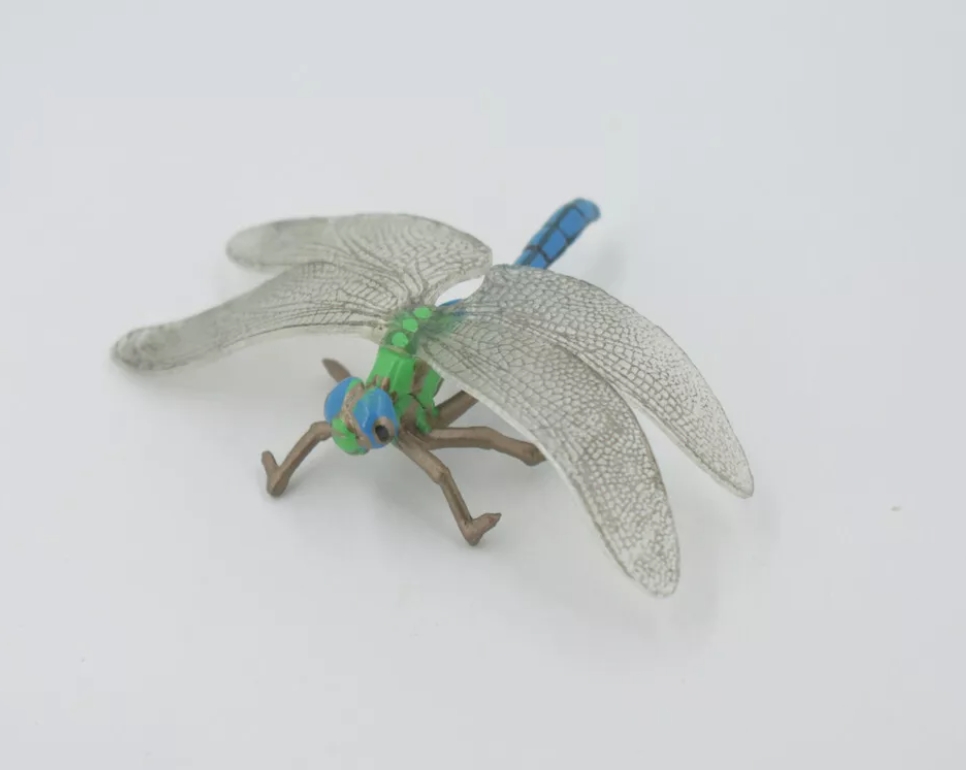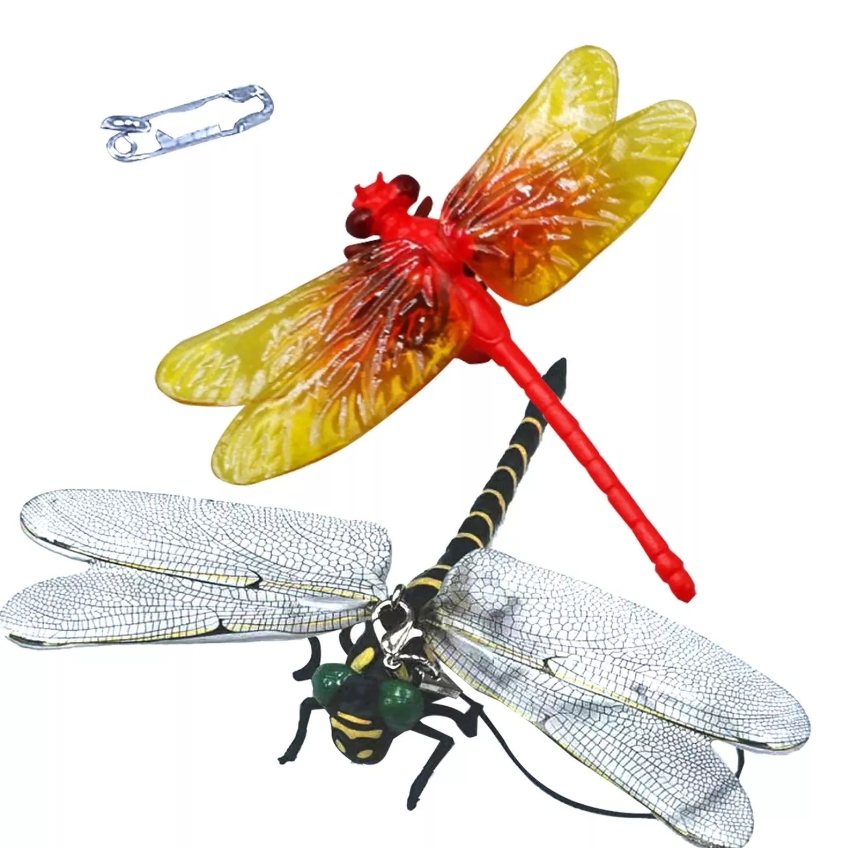Dragonfly model is an important system analysis and design tool, which is widely used in many fields, especially in software engineering and project management. Its design is inspired by the creature dragonfly, which shows excellent flexibility, stability and efficiency when flying, which precisely corresponds to the system efficiency and optimization pursued by the dragonfly model.
The core of the model is the emphasis on modularity and reusability. By splitting a complex system into multiple independent modules, the Dragonfly model allows each module to be developed, tested, and maintained individually. This structured design approach not only increases productivity,but also reduces the overall complexity of the system,allowing the team to be more flexible in the face of change.
In addition, the Dragonfly model also focuses on the accurate capture of user needs and system feedback. This mechanism,through a continuous user feedback loop,ensures that each module truly meets the user's needs when implementing its functionality. With frequent iterations and inspections, the team was able to identify potential problems more quickly, making timely adjustments and avoiding major defects later in development.
During the development process, the dragonfly model required close teamwork. Within the framework of this model,the designers of the various modules need to maintain open communication to ensure that each part can be seamlessly connected. This collaboration not only enhances the cohesion of the team, but also promotes the sharing and transfer of knowledge,which provides a guarantee for the success of the project.
Dragonfly models are also highly adaptable. As technology advances and market needs change,the system can easily extend or modify individual modules without a complete refactoring. This scalability makes the Dragonfly model particularly important in a rapidly changing business environment.




